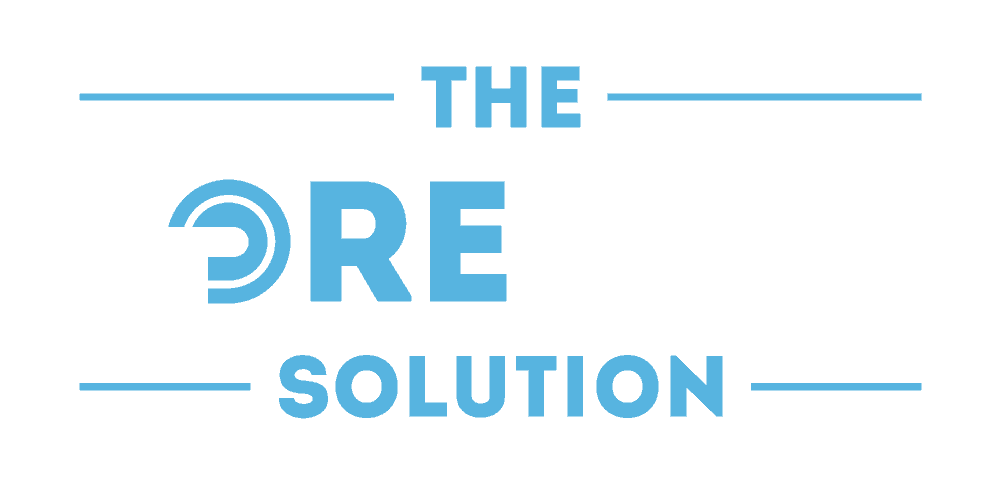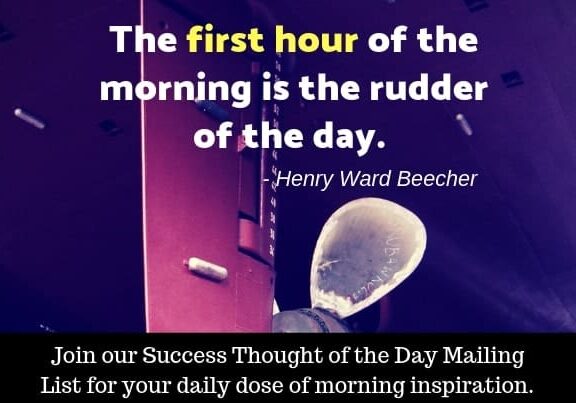Goal Setting
Free Worksheet
To start your Goal Setting, I challenge you to take action right now and will give you my Success On Your Own Terms Workbook for Free. My advice, begin on page 6, outlining your passions, which will lead you right into outlining your goals on page 15.
Download The Free Goal-Setting Worksheets
Why is Goal Setting Important?
Goal Setting is key to success in your life, career, and anything you want to achieve. People who set goals are 3X – 10X more likely to succeed. Here are two studies that were performed that walks you through the details. Harvard Business Study. Dominican Edu Study.
Let’s get started by watching this short video below.
Transcript:
For those that prefer reading, the transcript is available below.
When you think about your goals, there are a lot of different ways you can put them together. There is no perfect format. I’m a fan of the S.M.A.R.T. system of putting together goals. It works well for me. I’ve used it over the course of years, quite honestly, I use a number of different tools, but I always come back to this one, because the acronym is extremely powerful in terms of making sure you’re true to how you establish your goals.
If you’ve never seen it before, let me walk through it briefly.

(S) The “S” stands for specific, be very specific about what you want to achieve. As we transitioned from 2014 to 2015 and I asked some people about their goals, often what I would hear is, “I want to have a better year.” Not quite specific enough. What does “better business” really mean.
(M) Measurable. Make sure that your goal setting includes something that you can look at any time and time again and do “Plan, Do, Review.” How am I measuring against the goal I set? In order to do that, you have to have a measurement standard. What should the value be?
(A) Achievable. It should be something I can do, but at the same time, it shouldn’t be the “run rate” from last year. It should be just out of reach, but not out of sight. It should make you slightly uncomfortable. It should make you have to stretch. It should make you work harder. If you were an athlete, it should make you breathe harder.
(R) Relevant…It should be “core” to what you’re doing in your business. It has to be extremely relevant – – not just interesting, but relevant.
(T) Timebound. Last but certainly not least, it has to be time-bound, right? It cannot go on forever; you’ve got to say specifically what I’m going to do and when I’m going to get it done.
Goal Setting Examples
Examples help. Let me give you a few examples. Goal #1 could be I am going to create a business for myself and my family by January of 2020 that produces one hundred thousand dollars of annual income. Very specific. Time-bound. I’ve got a measuring stick. I know what I want. But you might say why. It’s a bit far out there, that’s four years out.
Well, you can start to pull it into a little bit and put some more definition around it because you can have more than one goal, by the way.
Goal #2, I want to become the trusted adviser for legal and identity theft plans within a 20-mile radius of my home by January 2018. When people see me, I want them to go, “That’s that LegalShield guy, that’s the Identity Theft guy.” When they see me at the soccer game, the basketball game, the hockey game, walking in the cleaners, I want to say, “that’s that guy.” But you even say then what that’s three years out will then be more specific.
Goal #3, I want to have personally reached out to each business within a one-mile radius of my home by January 2016. I then 1 expand every 6 months, to grow in concentric circles to 3 miles by July 2016, five miles by January 2017, ten miles by July 2017, and then 20 miles by January 2018.
Do you see what I just did there? We started with the macro goal. We stepped it down and gave some definition to what it looks like as a trusted adviser, and then we broke the timelines down to give you six-month paces to get there. That is how you can write your goals.
End of Transcript
Using the Goal Setting Worksheets
Goal Setting Types
The workbook is structured to focus on a few key areas that can make the biggest impact, using Pareto’s Principle, if you will, also known as the 80/20 Rule. For those that are not familiar with that rule, it states that 20 percent of what you do will yield 80 percent of your results.
The principle was suggested by management thinker Joseph M. Juran. It was named after the Italian economist Vilfredo Pareto, who observed that 80% of income in Italy was received by 20% of the Italian population. Here are some points I read from a google search
- In business today, it is a common rule of thumb that “80% of your sales come from 20% of your clients.”
- In the distribution of world GDP, the richest 20% have 82.70 percent of the income.
- In software, Microsoft noted that by fixing 20% of the most reported bugs, 80% of the related errors and crashes in a given system would be eliminated.
- In sports, 20% of the athletes participate in 80% of the big competitions, and out of them, 20% win 80% of the awards.
- In health care, 20% of the patients have been found to use 80% of the healthcare resources.
What’s the point? The point is that as we create your goals, we want to be focused on the 20% that will have the most impact. It will be tempting to have a long, never-end list of goals. We may, in fact, start there, but we are going to end with a list of the things that matter most.
So, with all that being said, you will find eight categories on the worksheets for you to create goals. This improves your probability of success as you will not create goals in isolation but holistically for life. The categories were developed to help you think about life holistically. They cover Career, Financial, Education, Family, Artistic, Attitude, Physical, Pleasure, and Service. Often times we approach career goal setting in isolation. The challenge in doing that is that we do not live that way. By doing things holistically, you can create a more balanced, realistic picture for yourself.
The timelines are Lifetime, 5 Year, 1 Year, and 1 Month. The timelines were created to help you think about the long-term but then back into more immediate time periods all the way back down to one month out.
Congrats on taking this step. If you want to go further, I would advise you to review our resources page.
As always, please email me at jamesrosseau@thecorelinksolution.com if you have any questions.




